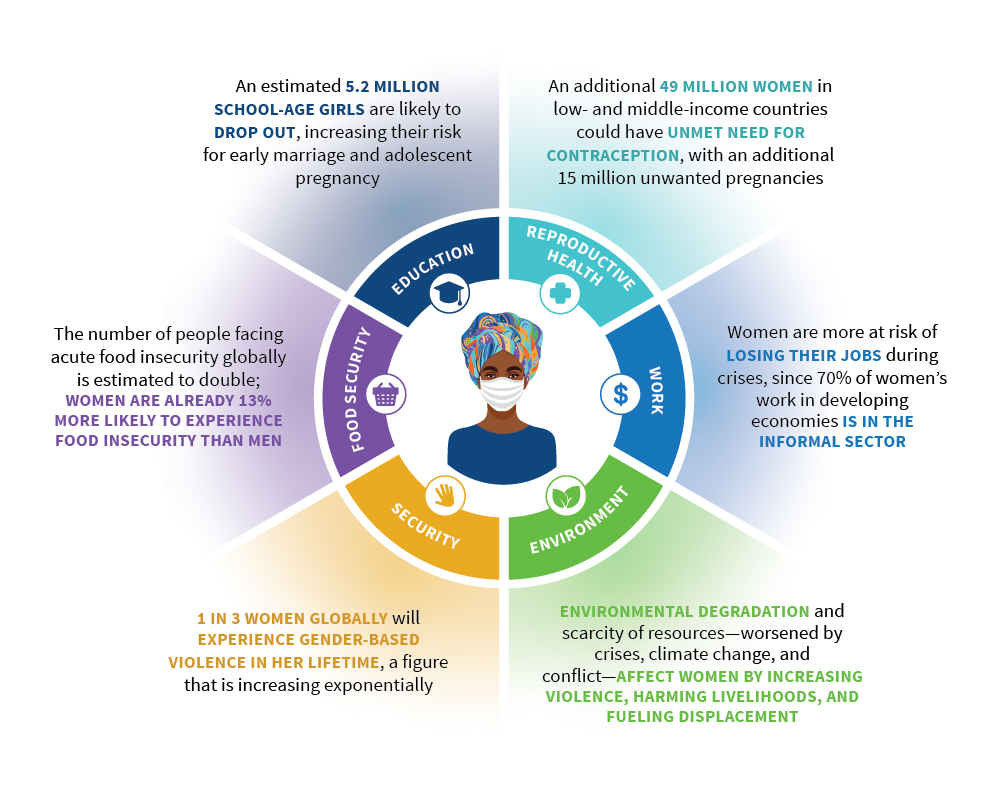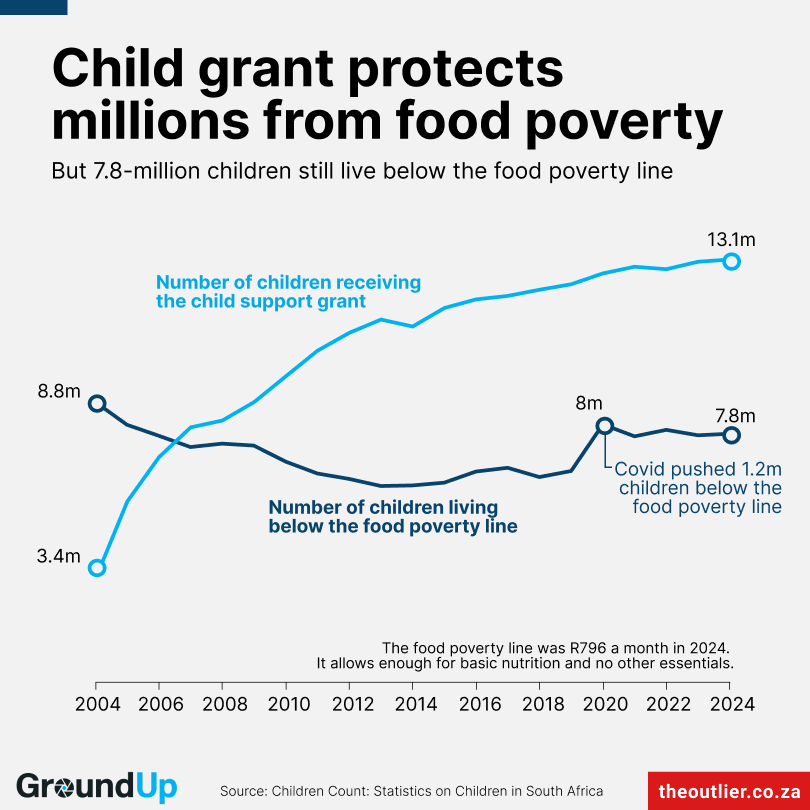Lessons from Peru: Strengthening linkages between social protection and food systems to enhance nutrition – UN World Food Programme

Report on Nutritional Challenges and Strategic Interventions in Peru
Socioeconomic Context and Sustainable Development Goals
Despite Peru’s classification as an upper-middle-income country since 2008, the nation faces significant challenges that impede progress toward key Sustainable Development Goals (SDGs). A resurgence in monetary poverty since 2017, coupled with persistent socioeconomic disparities, directly contravenes the objectives of SDG 1 (No Poverty) and SDG 10 (Reduced Inequalities). These inequalities create barriers to accessing essential resources, including nutritious food, for large segments of the population in both urban and rural settings.
The Double Burden of Malnutrition: A Public Health Crisis
The lack of access to diverse and nutritious diets has resulted in a critical public health issue known as the double burden of malnutrition, undermining efforts to achieve SDG 2 (Zero Hunger) and SDG 3 (Good Health and Well-being). This condition is characterized by the coexistence of undernutrition and overnutrition within the population. Key indicators in Peru include:
- A persistent prevalence of anaemia that is notably higher than the regional average.
- Significant and rising rates of overweight and obesity.
WFP Strategic Response through Partnerships for the Goals
In response to these challenges, the World Food Programme (WFP) has implemented a ‘country capacity strengthening’ strategy. This approach focuses on enhancing the national food system’s ability to deliver improved nutritional outcomes. This collaborative model, which leverages national programmes, exemplifies the principles of SDG 17 (Partnerships for the Goals) by working directly with Peruvian government initiatives to achieve shared objectives.
Key Interventions via the Qali Warma Programme
The WFP’s strategy is being operationalized through the national school feeding programme, Qali Warma, with two primary interventions designed to address specific nutritional gaps and strengthen food systems:
- Combating Anaemia through Rice Fortification: This large-scale initiative aims to fortify rice, a staple food, to significantly reduce the high prevalence of anaemia. This directly supports the health and nutrition targets outlined in SDG 2 and SDG 3.
- Improving Diets through Local Food Procurement: This initiative focuses on sourcing food from local producers to improve the diversity and quality of diets provided through the school feeding programme, thereby helping to prevent overweight and obesity. This approach simultaneously advances SDG 2 and SDG 3, while also promoting sustainable local economies in line with SDG 12 (Responsible Consumption and Production).
1. Which SDGs are addressed or connected to the issues highlighted in the article?
-
SDG 1: No Poverty
The article directly connects to this goal by mentioning that Peru “has seen a resurgence in monetary poverty since 2017, alongside persistent socioeconomic inequalities.” This highlights the challenge of poverty reduction, which is the core of SDG 1.
-
SDG 2: Zero Hunger
This is a central theme of the article. It discusses the “lack of access to nutritious and diverse diets,” the “double burden of malnutrition,” “anaemia prevalence,” and “overweight and obesity rates.” The interventions mentioned, such as the WFP’s work with the “national school feeding programme Qali Warma,” “rice fortification,” and “local food procurement,” are all strategies aimed at ending hunger and all forms of malnutrition.
-
SDG 3: Good Health and Well-being
The article’s focus on specific health outcomes like “anaemia” and “overweight and obesity” directly relates to SDG 3. These conditions are significant public health challenges, and the efforts to combat them through improved nutrition contribute to ensuring healthy lives and promoting well-being.
-
SDG 10: Reduced Inequalities
The article explicitly states that Peru faces “persistent socioeconomic inequalities” which have resulted in a “lack of access to nutritious and diverse diets in both urban and rural areas.” This points to inequalities in access to basic necessities and health outcomes, which SDG 10 aims to address.
2. What specific targets under those SDGs can be identified based on the article’s content?
-
SDG 1: No Poverty
- Target 1.2: By 2030, reduce at least by half the proportion of men, women and children of all ages living in poverty in all its dimensions according to national definitions. The article’s mention of a “resurgence in monetary poverty” directly relates to this target of poverty reduction.
-
SDG 2: Zero Hunger
- Target 2.1: By 2030, end hunger and ensure access by all people… to safe, nutritious and sufficient food all year round. The article highlights a “lack of access to nutritious and diverse diets,” which this target aims to eliminate. The school feeding programme is a direct mechanism to improve access for children.
- Target 2.2: By 2030, end all forms of malnutrition… and address the nutritional needs of adolescent girls, pregnant and lactating women and older persons. This target is directly addressed by the article’s focus on the “double burden of malnutrition,” specifically combating “anaemia” through rice fortification and preventing “overweight and obesity” through improved diets.
-
SDG 3: Good Health and Well-being
- Target 3.4: By 2030, reduce by one third premature mortality from non-communicable diseases through prevention and treatment. The article’s focus on preventing “overweight and obesity” is a key strategy for achieving this target, as obesity is a major risk factor for many non-communicable diseases.
-
SDG 10: Reduced Inequalities
- Target 10.2: By 2030, empower and promote the social, economic and political inclusion of all, irrespective of… economic or other status. The article’s reference to “persistent socioeconomic inequalities” leading to poor nutritional outcomes implies a need to address this target to ensure equitable access to food and health.
3. Are there any indicators mentioned or implied in the article that can be used to measure progress towards the identified targets?
Yes, the article mentions or implies several specific indicators that can be used to measure progress:
- Monetary poverty rate: The mention of a “resurgence in monetary poverty” implies that this is a key metric being tracked in Peru and can be used to measure progress towards Target 1.2.
- Anaemia prevalence: The article explicitly states that Peru has a “continued anaemia prevalence that is higher than the rest of the region.” This is a direct indicator for measuring progress on Target 2.2 (ending malnutrition).
- Overweight and obesity rates: The article mentions “significant overweight and obesity rates” as part of the double burden of malnutrition. These rates are direct indicators for measuring progress on Target 2.2 (ending malnutrition) and are also relevant for monitoring risk factors for Target 3.4 (reducing NCDs).
- Access to nutritious and diverse diets: While not a quantitative number in the text, the “lack of access to nutritious and diverse diets” is identified as a core problem. Measuring household dietary diversity or food consumption patterns would be the implied indicator for Target 2.1.
4. Create a table with three columns titled ‘SDGs, Targets and Indicators” to present the findings from analyzing the article.
| SDGs | Targets | Indicators |
|---|---|---|
| SDG 1: No Poverty | 1.2: Reduce at least by half the proportion of people living in poverty. | Monetary poverty rate. |
| SDG 2: Zero Hunger | 2.1: End hunger and ensure access to safe, nutritious and sufficient food. | Access to nutritious and diverse diets (measured via school feeding programme coverage and local food procurement). |
| 2.2: End all forms of malnutrition. | Anaemia prevalence; Overweight and obesity rates. | |
| SDG 3: Good Health and Well-being | 3.4: Reduce premature mortality from non-communicable diseases. | Overweight and obesity rates (as a risk factor). |
| SDG 10: Reduced Inequalities | 10.2: Promote social and economic inclusion of all. | Socioeconomic inequalities (as a root cause of unequal access to nutrition). |
Source: wfp.org

What is Your Reaction?
 Like
0
Like
0
 Dislike
0
Dislike
0
 Love
0
Love
0
 Funny
0
Funny
0
 Angry
0
Angry
0
 Sad
0
Sad
0
 Wow
0
Wow
0












































































